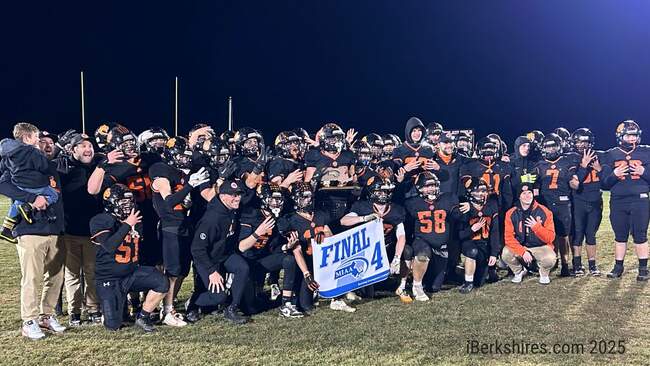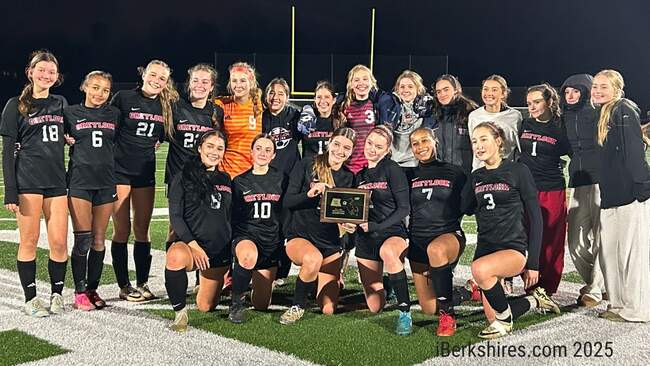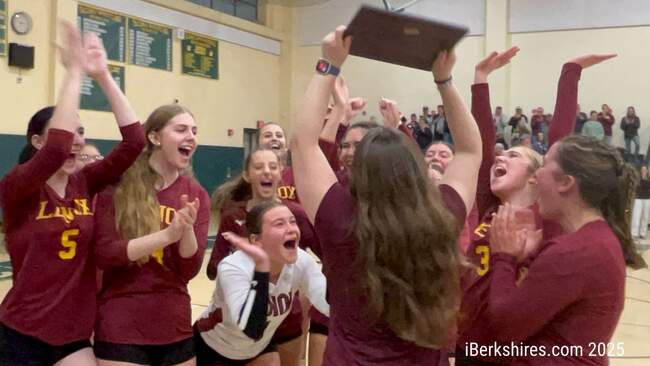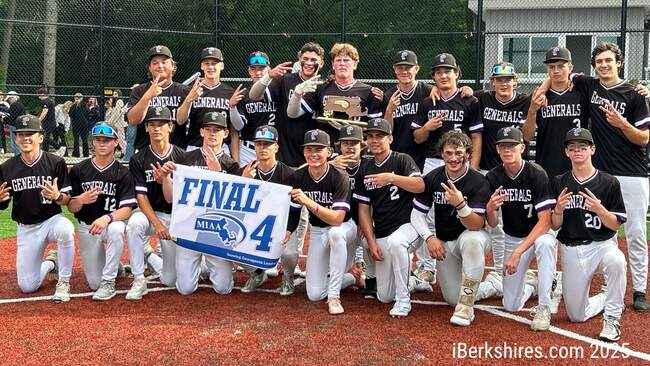AAA: Drive With Care as School Year Begins
 |
As part of AAA's annual School's Open – Drive Carefully campaign, AAA Southern New England offers 10 key tips for motorists to help keep kids safe as they return to school.
1. Slow Down: Two-thirds of motorists exceeded the posted speed limit during the 30-minute period before and after school, according to a 2003 national observational survey. Whether in a school zone or residential neighborhood, motorists should keep their speed low and be prepared to stop quickly for increased vehicle or pedestrian traffic.
2. Obey Traffic Signs: Obeying traffic signs is something all motorists should do no matter where they drive. However, a national observational survey found that many motorists violated stop signs in school zones and residential neighborhoods. Forty-five percent did not come to a complete stop with 37 percent rolling through and eight percent not even slowing down.
3. Stay Alert: Motorists should always avoid distractions while driving, but it's particularly important in school zones and residential neighborhoods. Looking away from the roadway for just two seconds doubles the chance of being involved in a crash. Avoid talking on cell phones, adjusting the radio or any other activities that might take attention away from the roadway. Never text while driving.
4. Scan Between Parked Cars: Nearly 40 percent of child pedestrian fatalities occur between the hours of 4 and 8 p.m., mostly at non-intersection locations. Children can quickly dart out between parked cars or other objects along the roadway. Motorists should pay close attention not only at intersections, but along any residential roadways where children could be present.
5. Look for Clues: Keep an eye out for clues that children are likely nearby such as AAA School Safety Patrol members, crossing guards, bicycles and playgrounds.
6. Always Stop for School Buses: For 23 million students, the day begins and/or ends with a trip on a school bus. The greatest risk they face is not riding the bus, but approaching or leaving it. Flashing yellow lights on a school bus indicate it is preparing to stop to load or unload children, and motorists should slow down and prepare to stop. Red flashing lights and extended stop arms indicate the bus has stopped, and children are getting on and off. Motorists are required to stop their vehicles and wait until the red lights stop flashing, the extended stop sign is withdrawn and the bus begins moving before they can start driving again.
7. Allot Extra Travel Time: Back to school often means increased congestion and longer commute times. Motorists should allot extra travel time when school is in session to avoid any temptation to speed or disobey traffic laws in an effort to "catch up" after being delayed.
8. Review Your Travel Route: Motorists should consider modifying their travel route to avoid school zones and residential neighborhoods. A slightly longer route might actually be quicker by avoiding congestion and much lower speed limits in and around school zones.
9. Use Extra Caution in Bad Weather: Whether in rain, snow, fog, or other inclement weather, motorists should use extra caution. Reduced visibility can make it difficult for motorists to see children and children to see vehicles. It can also make it difficult to perform quick stops, if needed.
10. Use Headlights: Turning on the vehicle's headlights, even during the day, means children and other drivers can see you more easily.
Lloyd P. Albert is senior vice president of public and government affairs for AAA Southern New England, a not-for-profit auto club with 42 offices in Rhode Island, Massachusetts and Connecticut. It provides more than 2.7 million local AAA members with travel, insurance, finance, and auto-related services.















